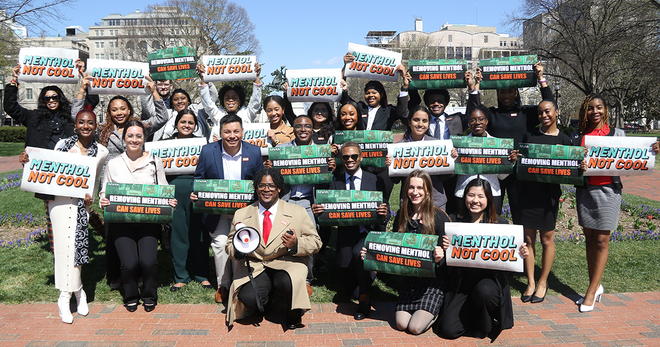New study: Price increases can reduce underage e-cigarette use
Higher e-cigarette prices and taxes can reduce the number of days teens use e-cigarettes and decrease current e-cigarette use, according to new Truth Initiative research published in the American Journal of Preventive Medicine.
While price increases have been shown to help prevent teens from starting to smoke cigarettes and promote quitting among current cigarette smokers, less is known about the impact of price increases on use of e-cigarettes, which are the most popular tobacco product among youth. This new study adds important evidence about the potential of price increases to help alleviate the youth e-cigarette use crisis, especially since cheap high nicotine e-cigarettes, often featuring youth-appealing marketing and sweet, fruity, and minty flavors, currently dominate the market.
Higher costs slash demand for e-cigarettes among teens
Researchers modeled the effect of pricing and taxes on e-cigarette use, and found that young people are sensitive to both e-cigarette price and tax increases. Raising e-cigarette taxes by $.50 and $1 led to a 4.7% and 9.3% decrease in the number of days teens used e-cigarettes in the past 30-days, respectively. Tax increases showed an even greater benefit towards deterring current use, with a $0.50 and $1 tax leading to a 6.3% and 12.2% decrease in how many teens used e-cigarettes in the past 30-days, respectively.
Price increases also showed promising results and led to decreases in how many teens used e-cigarettes in the past 30-day use and the number of days teens used e-cigarettes. A $0.50 price increase resulted in a 4.1% decrease in past 30-day use and 4.2% decrease in the number of days teens used e-cigarettes, and a $1 price increase led to an 8.2% decrease in past 30-day use and 8.3% decrease in the number of days used. Even just a 10% increase in the price of e-liquid slashed total demand by up to 11.5% and significantly reduced the number of days e-cigarettes were used in the past 30-days.
Researchers arrived at these results by simulating how increasing e-cigarette prices affected high school aged e-cigarette users’ behavior by creating a new, standardized way of measuring price against the volume of e-liquid sold. The researchers used publicly available standardized state e-cigarette tax rates, and modeled demand using Youth Risk Behavior Survey data.
Sales of cheaper high nicotine devices skyrocket, while pricier low nicotine devices falter
Earlier Truth Initiative research has found that the prices of high nicotine devices either dropped or stayed the same, while the prices of low concentration e-cigarettes increased in 2022. Cheaper high nicotine e-cigarettes currently dominate the market, with sales of high-nicotine e-cigarettes increasing 15-fold from representing 5% of sales in 2017 to 81% of e-cigarette sales in 2022.
More than 90% of disposable e-cigarettes sold in 2022 contained the highest levels of nicotine (5% nicotine concentration or more), compared to 0% in 2017. Lower prices for high-nicotine products may lead teens to seek out and use these products more, which is concerning because users of e-cigarettes with high concentrations of nicotine are more prone to dependency.
Findings point to an urgent need for policies and tax rates that increase the cost of e-cigarettes to reduce current youth use, and discourage non-users, particularly youth, from taking up vaping nicotine. Insights into youth sensitivity to product pricing and taxes are essential for policymakers to draft and implement effective policies that reduce the accessibility of these products to youth and young adults and protect public health.
More in tobacco prevention efforts
Want support quitting? Join EX Program
By clicking JOIN, you agree to the Terms, Text Message Terms and Privacy Policy.
Msg&Data rates may apply; msgs are automated.



